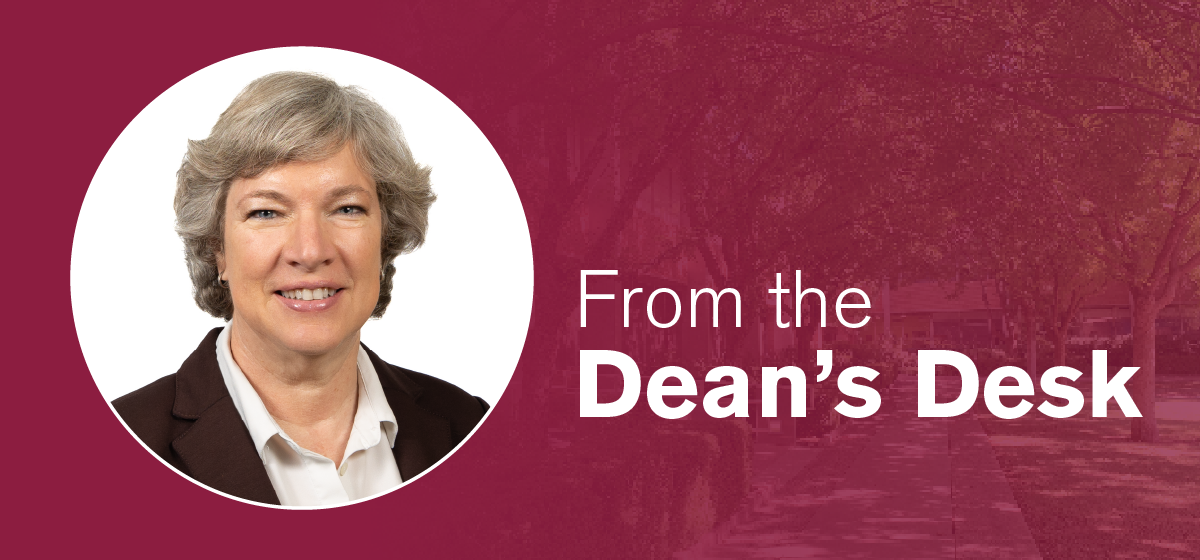
Reimagining the margins
Once upon a time, the rite of passage for completing a graduate degree included a “format review” of the dissertation or thesis document. This review involved students submitting their dissertation or thesis manuscript to the Graduate College and then someone examining it to make sure that the pages were numbered correctly, the table of contents matched the content, there were no blank pages scattered throughout the manuscript and that the top and side margins were the correct size. When the marked-up document was returned it created significant angst for students preparing for their defense and the next step in their careers.
While we still expect some format standardization in the document the process has been significantly improved by the Format Wizard—a Microsoft Word or LaTex template that automates the formatting process. Thank you, technology!
However, I want to build on the ideas in the format review and focus on one part of the document: the margins. Margins allow the page to be printed, bound and held. But, most of you probably don’t think about the margins because they function outside of the center content. Yet, the margins are where there is space. In the printed world, these are the spaces for jotting down ideas or where you can insert a comment in a digital document. It’s where you can write anything inspired by the center text, whether positive or negative, margins represent places for creative thought.
Margins also have another meaning: people living in the margins are those who are considered living outside the norms - or the mainstream of society. Marginalized individuals often identify with groups such as people of color, LGBTQ+, and persons with disabilities. I was really inspired by this Tedx Talk by Mary Dana Hinto, “Leading from the margins” where she talks about effective leadership when you’re not part of the center (or mainstream) conversation. Hinto’s perspective on creating opportunities that suit your position in life is a perfect example of the adage “think outside of the box.” To me, it was akin to the inspired ideas that you write into the margins of the text.
It was inspiring and thought-provoking and caused me to reflect upon my leadership style and whether I’m leading from the margins or the center. As a trained geographer, I’m often defining boundaries and creating borders. But what can our ideas, educational paths and careers look like when experienced beyond conventional limitations?
To apply these new thoughts to academia and career planning, I challenged myself to look at our current value system. For example, grants, awards, papers and books are traditional ways to measure and assign value. When you complete a project or get recognized for your work—that is a sign that you are working within the margins. Doing that can be useful, but unfortunately, we lack the vocabulary to contribute to community-based modes of envisioning the world. We tend to overlook new knowledge and its impact on societal problems. It’s important to imagine new paradigms outside of borders, whether that means changing careers or even conducting business across sectors.
Just like with the margins and guidelines of a dissertation, there is space to do something different—there is always more than one pathway!
What does living within or outside of the margins mean for you?
More stories from the Graduate Insider

Graduate funding deadlines for Fall

How to feel confident in your next interview
Let’s be honest, interviews can feel nerve-wracking. Your palms sweat, your heart races, and you start to second-guess whether you even remember your own name. But here’s the good news: with a little preparation, you can walk into (or log onto) your next interview feeling calm, collected, and ready to shine.
